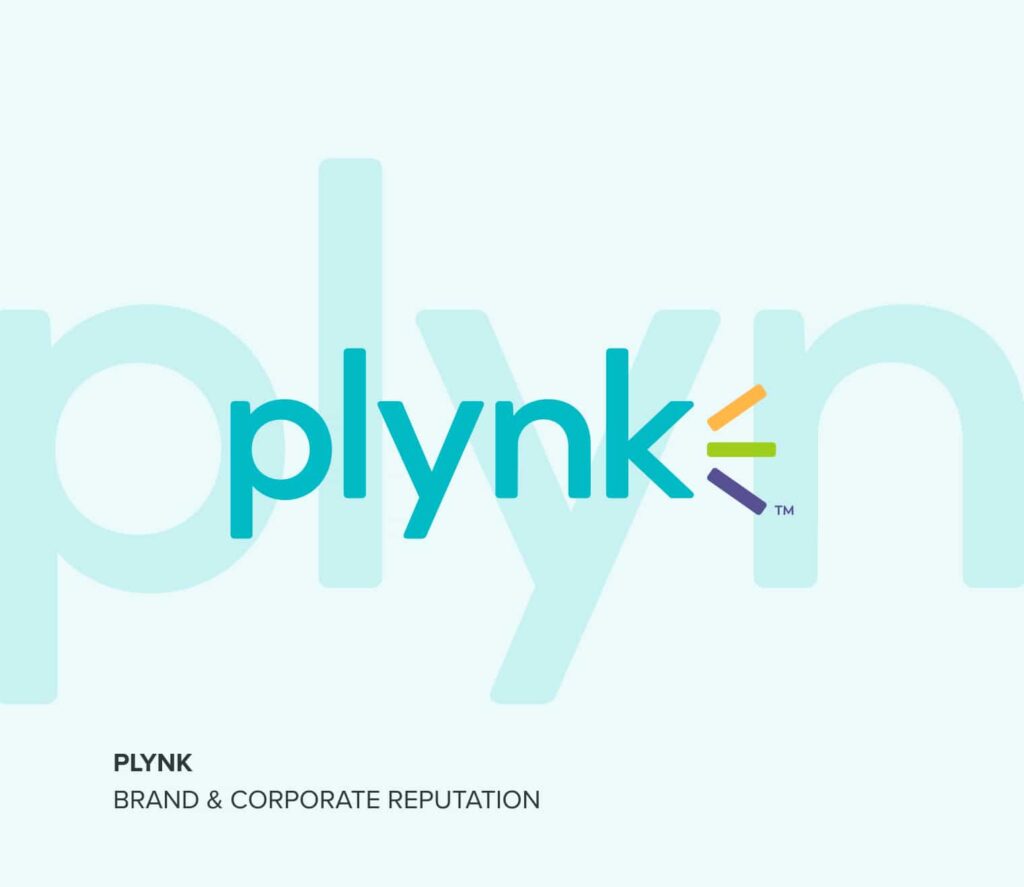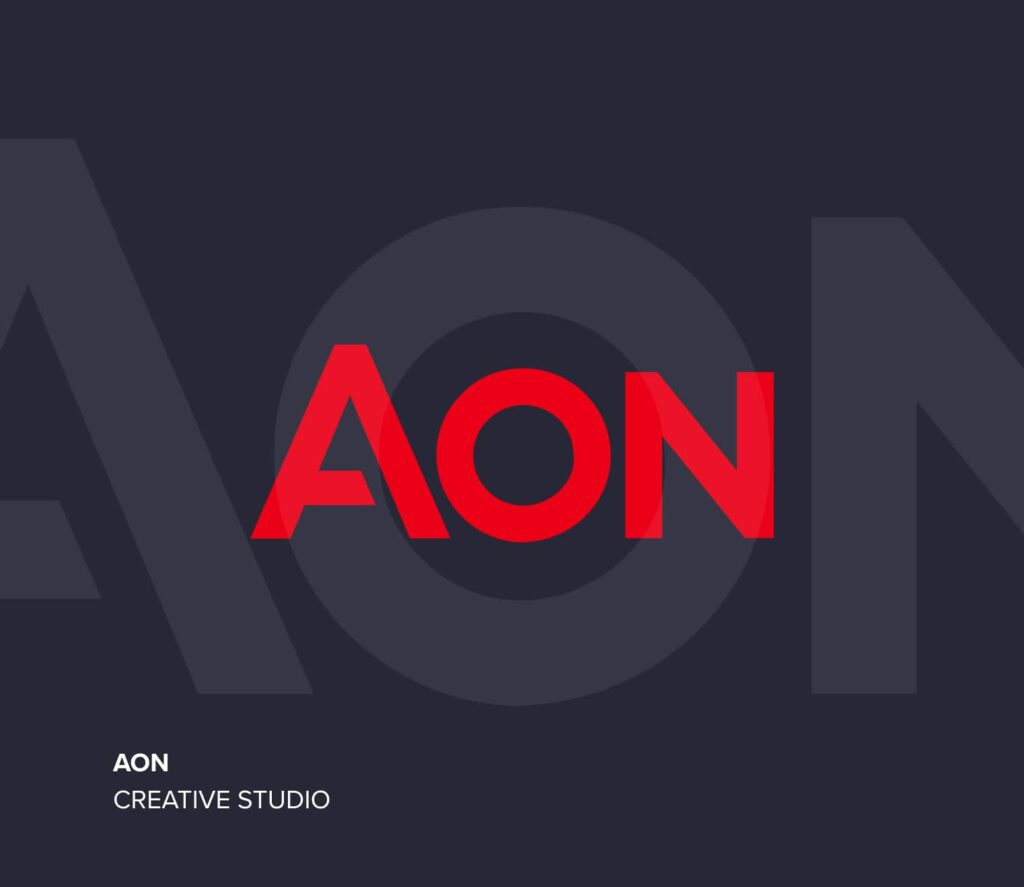The Vested UK team hosted our second Breakfast & Brainfood of the summer yesterday. This time, we had LinkedIn and BlackRock in for a discussion around the innovative ways that marketers are engaging with institutional investment audiences in the new post-pandemic digital era.
As the digital landscape has evolved post-pandemic, the ways institutional investors use social media has undergone a huge shift. Shedding light on this, and what it means for marketers engaging with this audience, we brought together an expert panel to share their views on the key themes and trends explored in LinkedIn’s Investing in the Digital Age report. Moderated by Elspeth Rothwell, Vested EMEA CEO, the panel included:
- Rebecca Lau, Vice President, EMEA Commercial Marketing Campaigns and Media Strategy, BlackRock
- Benedict Kingsmill, Senior Client Partner, LinkedIn
- Wensy Antoli, Senior Creative Strategy Consultant, LinkedIn
The report delves into the evolving landscape of institutional investors’ engagement on social media, analysing their behaviour before and after the pandemic. Fundamentally, the group is now significantly more active on social media, with 66% of the 200+ surveyed acknowledging an increased time spent on these platforms.
The key takeaways from the event were as follows:
1. You can’t put the genie back in the bottle. Digital adoption is here to stay.
We haven’t just seen an uplift in the number of institutional investors using social media for work, the frequency and time spent on digital platforms has increased too. The global pandemic accelerated a lot of the digital adoption we were already starting to see, but although some behaviours – like attending events in person – are reversing, some are here to stay. The consumption of digital content on social media is only increasing, changing how we can reach and communicate with institutional investor audiences.
2. (Video) content is king.
According to the report, video is the content format which institutional investors are most likely to engage with on social media, with 42% agreeing it’s their preferred format. Audiences don’t just want to be informed and educated, they want to feel inspired, educated and entertained. When it comes to building a community and creating interactive moments where audiences can engage with you, video content can be a really powerful format.
3. It starts from the inside: The role of brand ambassadors.
On LinkedIn, it’s rare that we passively consume content without having a look at the profile of who’s posted it, or perhaps the CEO of the company. We’re looking at their credentials, what they’re posting about, the comments they’re getting, and we’re engaging with their network. So, when we’re thinking about pillars of marketing, we need to think about the role of brand ambassadors. Audiences want connectivity and a personal touch. They want to hear from the voices inside the business, which is where brand ambassadors can be really valuable.
4. The truth well told will build trust.
Even if we’re talking to a doctor or a teacher, our first interaction with someone will never leave us with ‘total trust’ – we generally need four or five interactions. We should apply this thinking to the concept of building trust online. You don’t build trust with an audience after one engagement – it’s built through authentic and consistent storytelling with your brand’s truth sitting at the heart. The truth well told acts as a powerful value exchange through which audiences give up their time to engage with our content. In exchange, they get value back from the content and we (eventually) gain their trust.
If you’d like to hear more about our Breakfast & Brainfood events, please contact sophie@fullyvested.com.


